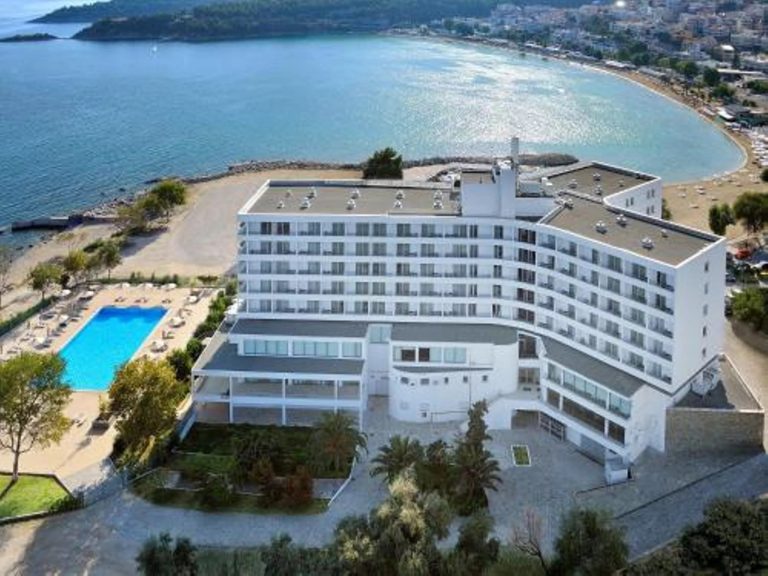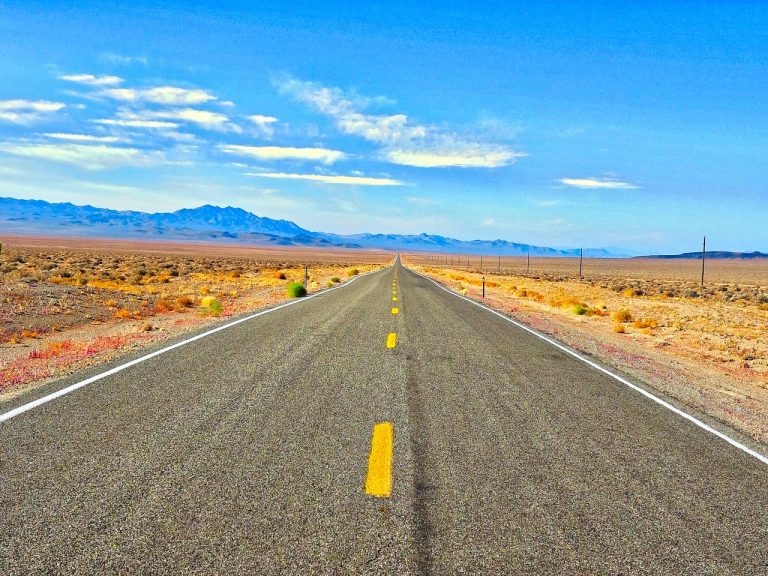General Information about Slovenia
Central European country covering an area of only 20.256 km2 and with some two million inhabitants. It lies between the latitudes of 46°53’ and 45°25’ north and between the longitudes of 12°23’ and 16°36’ east at the crossroads of the Alps, South-Eastern Europe, and the Mediterranean. It borders Austria ( 330 km ), Croatia ( 670 km ), Italy ( 232 km ), and Hungary ( 102 km ). The total length of state borders is 1334 km, 413 km of them run on the rivers. Slovenia has 46.6 km of coastline. The highest peak is Triglav ( 2.864 m ) and the highest mountain pass is the Vrsic saddle 1611 meters ( both in the Julian Alps ). The largest lake is the intermittent Lake Cerknica ( Cerknisko jezero ) in Notranjska ( Inner Carniola ), lying at an altitude of 552 m, with a depth of up to 10.7 m and a surface of 2400 hectares. The deepest lake is Lake Bohinj ( Bohinjsko jezero ) in Gorenjska ( Upper Carniola ) with a depth of up to 44.5 m, a surface of 318 hectares, and lying at an altitude of 526 m.
Slovenia, with its relatively small surface, displays so many different types of landscape and climate as hardly any other country. The Alps stretching with their ridges into Slovenia from the north and north-west descend into wine-growing hills at the edge of the Pannonian Plain in the east. Towards the south, they lower into the wooded karstified Dinaric Mountains, which begin in Slovenia and parallel to the Adriatic sea extend deep into the Balkan peninsula. And a small part of Slovene territory reaches all the way to the Adriatic sea.
Slovene climate is just as varied as is landscape. It covers all types of climate, from sub-Mediterranean, Alpine, Dinaric, to continental Pannonian. Central Slovenia has a Central European climate. There’s enough precipitation over all seasons. The territory in the east opens towards the Pannonian Plain and has a continental climate with hot summers, cold winters, and a smaller amount of precipitation. The higher we go in the Alps, the harsher the climate. Long snowy winter changes fast into a mild summer. This is an area abounding in precipitation. Mediterranean climate is typical of the territory between the Adriatic and the high karst plateaus. Those parts are sun-kissed in summer and kept warm by the sea in winter.
The landscape and the climate offer conditions for regional fauna. In the forests, covering half of the Slovene territory ( which is far above European average ), there is a lot of red and roe deer. In the Kocevsko and Notranjska forests, lynx and brown bears can still be found. In steep precipices in the Alps, we meet ibex, mouflons, and numerous flocks of chamois while hunting grounds on the edge of the Pannonian basin are rich in small game and birds. Practically everywhere you can find boars, hares, pheasants, foxes, and various other kinds of small game. The fauna of the karst underground, where animals have adapted to living conditions by losing their pigment and eyesight, is also very interesting. Proteus anguinus or “the human fish” is practically a symbol of Slovenia.
The longest river is the Sava with 221 km of its current running through the Slovene territory. The Drava runs through Slovenia for 144 km, the Kolpa for 118 km, the Savinja for 102 km, the Mura for 98 km, the Soca for 96 km, the Krka for 94 km, the Sutla for 90 km. There are also several shorter clear alpine rivers, streams, and disappearing karst rivers rich in flora, and slow Pannonian rivers that ran through Slovene valleys. Together with over 150 lakes and fishpond, they offer numerous kinds of interesting fish for sports fishing.
The Triglav National Park is a large protected area in the central region of the Julian Alps covering 83807 hectares. Besides this protected natural park there are ten protected regional parks in Slovenia. They cover smaller interesting areas: in the Gorica region the Čaven-Tmovski gozd Park ( 4776 hectares ) and Zgornja Idrijca Park ( 4195 hectares ), between the Gorica region and Notranjska the Nanos Park ( 2632 hectares ), and at the coast, the Secovlje salt pans Park ( 835 hectares ). In the Savinja region, we find three regional parks: the Golte ( 1148 hectares ), the Logar valley, ( 2475 hectares ), and the valley Robanov kot ( 1423 hectares ). In Koroska ( Carinthia ) there is the regional park Topla ( 1368 hectares ) and the smallest regional park is in Bela Krajina ( White March ) – the Lahinja Park ( 260 hectares ).
We shouldn’t forget to mention the renowned forest Krakovski gozd between Dolenjska ( Lower Carniola ) and Posavje ( the Sava basin ), the largest flatland forest in Slovenia, part of which is a genuine primeval forest. Another primeval forest can be found in the Kocevski Rog. And last but not least, we should also mention the green Pohorje Massif, the Notranjska forests, and Sneznik, all of them a veritable treasure of loveliness that seems to be long forgotten in industrialized countries.
Basic Data On Slovenia
State :
Official name: Republic of Slovenia
Capital City: Ljubljana
Area: 20.256 square km
Geography: The Alps in the northwest, The Pannonian Plain in the east, The Dinaric Mountains in the south, The Adriatic in the south-west.
Climate: Sub-Mediterranean, Alpine, Pannonian, Dinaric
The highest mountain: Triglav, 2.864 m
The lowest point: sea level
Population:
Population: 1 991 169 ( 30 June 1996 )
Language: Slovene
Currency: Euro
The highest mountain: Triglav, 2864 m
The lowest point: sea level
Order:
Political order: Democratic Republic
Head of the State: President of the Republic
Head of the Government: Prime Minister
Administrative division: 62 administrative districts
Legislation: parliament with 90 members state council with 40 members
Judicial system: constitutional court, supreme court, circuit courts

